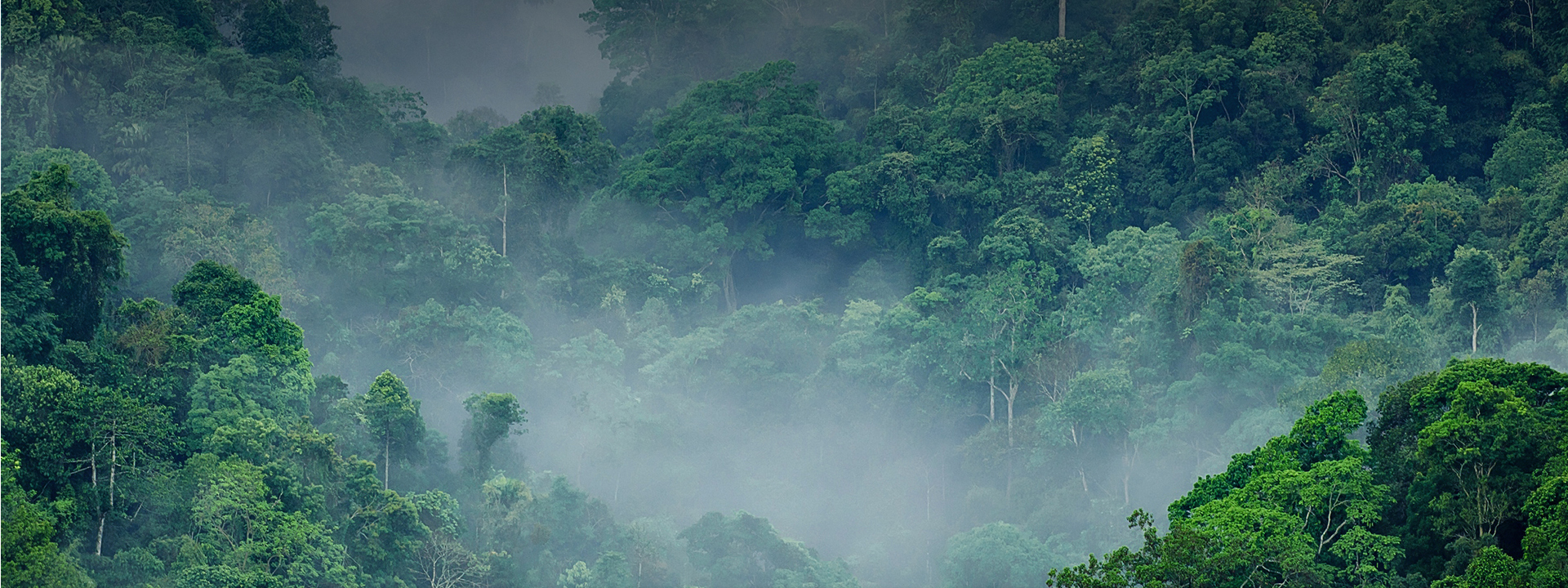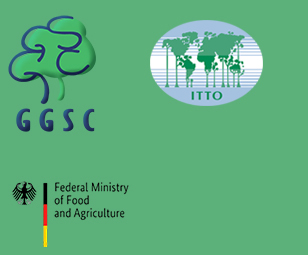
Brazil
New markets guarantee record foreign sales in September
Brazil’s exports to the US fell 20.3 percent in September compared to the same month last year. However, growth in sales to other markets ensured record foreign sales, the Ministry of Development, Industry, Trade, and Services reported Monday (Oct. 6).![]()
![]()
Exports to Singapore rose 133.1 percent (USD 500 million) compared to September last year. Exports to India, in turn, surged 124.1 percent (USD 400 million). Also among the highlights were Bangladesh (+80.6 percent, or USD 100 million), the Philippines (+60.4 percent, or USD 100 million), and China (+14.9 percent, or USD 1.1 billion).
For South America, Brazilian sales grew 29.3 percent, driven by Argentina, a country to which exports grew 24.9 percent from September last year to September this year. In the same period, sales to the European Union increased two percent.
Thus, in September, Brazil exported USD 30.54 billion – a record amount for the month, with a 7.2 percent increase compared to September 2024. The trade surplus, however, shrank 41.1 percent to USD 2.99 billion after the purchase of a USD 2.4 billion oil platform from Singapore.
IBGE releases forestry production survey data
According to data from the 2024 Forestry Production Survey (PEVS) released by the Brazilian Institute of Geography and Statistics (IBGE) on September 25, Brazil's forestry production value reached a record R$44.3 billion in 2024, an increase of 16.7%.
The share of wood products remained predominant in the silviculture sector, representing 98.3% of the value of forestry production. Among the timber products from forest plantations, wood used for pulp and paper production emerged as the major growth driver, with its output value increasing by 28% to reach 14.9 billion reais.
The data also revealed that Mato Grosso and Pará accounted for 59.6% of the total volume of logwood harvested. In 2024, Pará remained the largest producer of logs, with a production volume reaching 4.5 million cubic meters.
Brazil unveils USD 1 billion for tropical forest fund
Brazilian President Luiz Inácio Lula da Silva announced a USD 1 billion investment in the Tropical Forest Forever Facility (TFFF). The announcement was made during a presentation of the tool promoted by Brazil and the United Nations (UN) secretariat in New York on Tuesday (Sep. 23).![]()
![]()
“Brazil will lead by example and become the first country to commit to investing USD 1 billion in the fund,” he said, inviting partners and other countries represented at the event to make “equally ambitious contributions” so that the TFFF can become operational at the UN Climate Change Conference (COP30), scheduled for November in Brazil.
“China, Norway, the UK, the United Arab Emirates, among other countries, are also committed to making initial contributions so that the fund can actually be announced during COP30 and begin its implementation,” said Karen Oliveira, director of public policy at the Nature Conservancy Brazil.
Up to 50% tariffs threaten forestry jobs in Paraná
Brazil’s timber industry has voiced serious concerns over the effects of US tariffs of up to 50% on wood products.
In August 2025, the Paraná Association of Forest-Based Companies (APRE Florestas) met with the State Secretariat of Finance (Sefa) to discuss the consequences of the new measures on exports from the state.
Between January and June 2025, Paraná shipped nearly all of its forestry exports to the US market, including moldings (98%, USD 102 million), wooden doors (96%, USD 34 million), pine plywood (34%, USD 100 million), and pine sawnwood (33%, USD 26 million).
According to the Federation of Industries of Paraná (FIEP), the crisis threatens more than 38,000 jobs and could affect 67% of the state’s municipalities.
APRE has called for urgent measures, including state-level public procurement programs for wood products, faster reimbursement of the ICMS tax at every stage of the export process, and an update of Paraná’s Forestry Law to strengthen legal certainty and sector sustainability.
Mexico
Mexico to invest MX$12.5 billion in bridges, roads in nine states
In an effort to strengthen Mexico’s road network, logistics competitiveness, and boost mobility and regional development in the medium and long term, the federal government is planning to allocate MX$12.5 billion (US$715 million) in the construction and reconstruction of 19 bridges and highway interchanges in nine states.
The Ministry of Infrastructure, Communications and Transport (SICT) said the projects will cover a total of 16.13km and are expected to be completed by 2028, while some are expected to be completed in the short term. According to the General Directorate of Highways, the works are designed to improve connectivity, reduce travel times, prompt road safety and mobility and enhance safety for drivers and local communities.
Mexico proposes significant customs and tariff reforms as part of the 2026 Economic Package
On 9 September 2025, in parallel with the formal submission of the 2026 Economic Package, the President of Mexico presented to the Chamber of Deputies two major trade-related initiatives:
1. A proposal to amend the Customs Law (Ley Aduanera), introducing stricter compliance obligations, expanded use of digital tools, and enhanced liability for customs brokers and importers.1
2. A reform to the General Import and Export Tariffs Law (LIGIE), which would increase import duties on 1,463 product classifications across multiple sectors, including automotive, textiles, footwear, steel, chemicals, furniture, plastics, toys and other consumer goods.2
Taken together, these initiatives mark a significant shift in Mexico's trade and industrial policy, reflecting the administration's emphasis on import substitution, industrial strengthening and tighter customs enforcement as part of the broader "Plan México" for 2025–2030.
Mexico assumes presidency of the North American Forest Commission
From September 9 to 11, the 33rd session of the North American Forest Commission (NAFC) brought together representatives from Mexico, the United States, and Canada, as well as delegates from the Food and Agriculture Organization (FAO) and other international organizations. At the conclusion of the meeting, Mexico took over the presidency of the NAFC for 2025-2027.
Established in 1958, the NAFC serves as a technical and political forum that convenes leaders of forestry agencies in the region every two years to discuss common priorities and make recommendations to the FAO Committee on Forestry (COFO). It also maintains collaboration through eight thematic working groups (covering fire management, forestry, genetic resources, forest health, inventory and monitoring, climate change, urban forestry projects, and illegal logging), as well as the Forest Communicators Networks.
Ecuador
Ecuador's Credit Strengthening Bill approved
Ecuador's National Assembly approved the Credit Strengthening Bill, set to come into force on October 1, 2025.
The law introduces amendments to the regulations governing the Bank of the Ecuadorian Social Security Institute (BIESS), including a provision stipulating that trust funds should be reactivated or liquidated if they fail to meet their targets within 24 months.
The government aims to address the paralysis of BIESS's real estate projects through this reform. Data shows that BIESS has invested nearly US$100 million across 13 real estate trust funds, many of which face stalled progress. For instance, the El Ejido IESS project in downtown Quito, planned to include 803 apartments and 101 offices, has been suspended since 2015 due to technical upgrades requiring additional resources.
Ecuador’s particleboard exports down 8.1% in first half of 2025
Ecuador’s exports of particleboard / MDP totaled USD 91.3 million between January and June 2025, marking a decline of 8.1% compared to the same period in 2024.
Despite the overall drop, the first half of the year revealed growth in key markets such as Peru, Mexico, and the United States.
Peru emerged as the top growth destination with a 19.8% increase in imports, reaching USD 38.8 million, narrowing the gap with Colombia—the main destination—whose purchases fell sharply by 26.6% to USD 39.3 million. Mexico and the U.S. also showed positive momentum, with year-over-year increases of 5.3% and 3.9%, respectively.
Meanwhile, Panama registered a 26.5% decline, and Colombia’s drop significantly impacted the overall total. Other destinations combined posted a modest rise of 2.4%.

| E-mail:ggsc@itto-ggsc.org | Tel:86-10-62888626 |


Sigh Up for Emails |
|